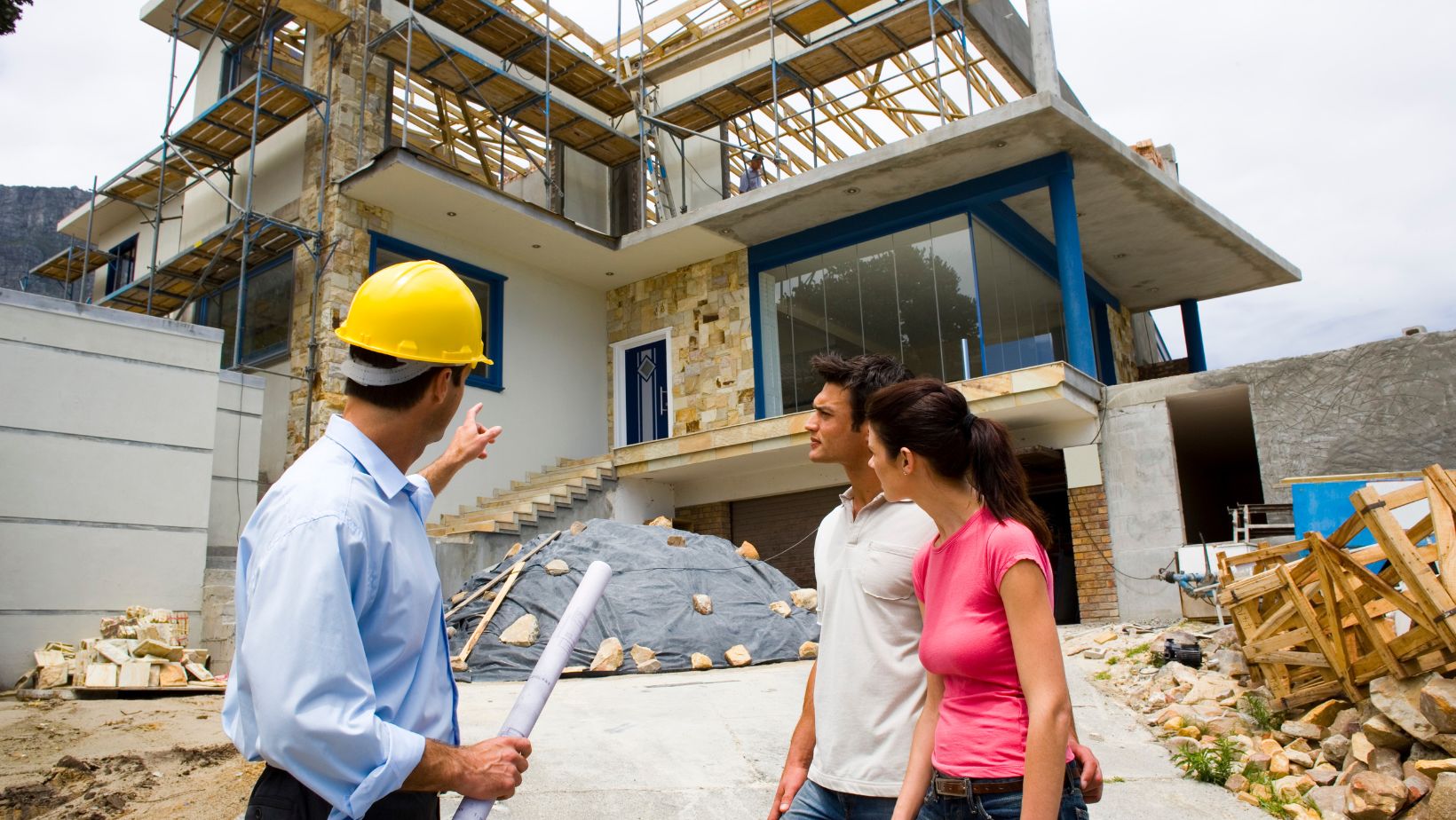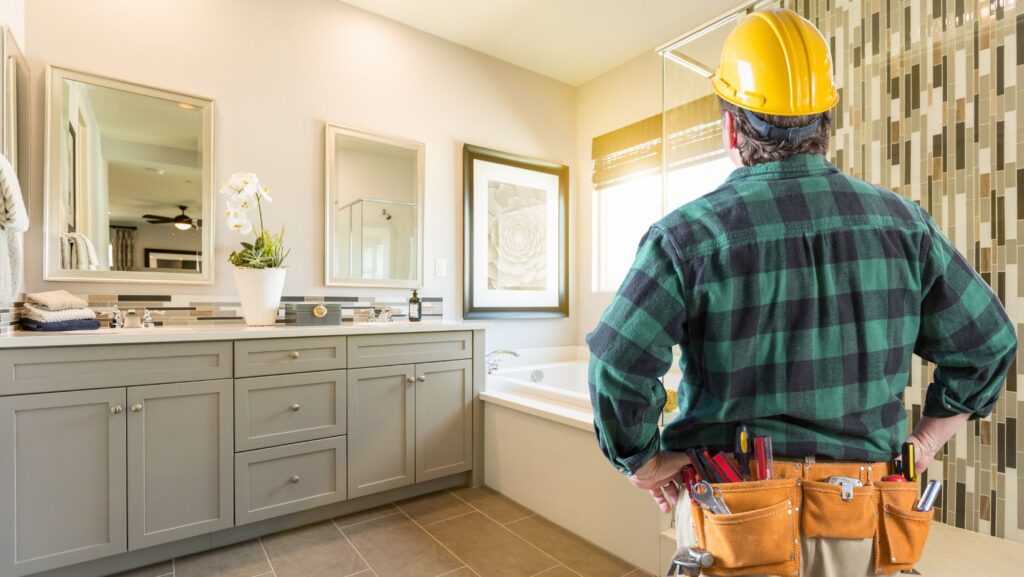Renovating your home is a significant decision that can completely transform how your space feels and functions. We will explore what goes into hiring the right home renovation contractor and how this relationship can impact your project’s timeline, budget, and satisfaction. Renovations can be big or small, but no matter the scope, they require careful coordination and trust between the homeowner and contractor. From structural changes to aesthetic upgrades, the contractor plays a central role in bringing your ideas to life. While inspiration may come from magazines or online galleries, it’s the planning and execution that determine whether a project succeeds. Homeowners often discover that good communication and organization matter as much as good design. The renovation process becomes more manageable when the contractor understands your priorities and works transparently. Whether you’re redoing a kitchen, adding a room, or overhauling the entire home, who you choose to work with matters.
Building More Than Just New Walls
-
The First Phase: Consultation, Vision, and Setting Expectations
Before demolition or construction begins, a homeowner must meet with a contractor to map out the vision. This stage includes evaluating what you want to change and why. The contractor may walk through the home with you, take measurements, and ask detailed questions about your goals and lifestyle. These conversations allow the contractor to offer input on what’s possible based on the existing structure, timeline, and budget. They may suggest layout changes, alternative materials, or phased approaches that stretch your investment further. One of the most important outcomes of this phase is clarity—both in design expectations and how the job will progress over time.

A clear contract with documented scope, estimated costs, and defined responsibilities helps avoid misunderstandings. It’s also helpful if the contractor is open about past projects, timelines, and how they handle unexpected issues. These early conversations establish the tone of the relationship and help both sides feel confident moving forward.
-
Permits, Schedules, and the Construction Timeline
After the vision is set, the next challenge is to coordinate the moving parts of a construction project. One central element is permitting. Most home renovation projects require permits, significantly if you’re altering plumbing, electrical systems, or the building’s structure. The contractor takes the lead, pulling the necessary permits and ensuring the work complies with local codes. This step is not only about legality—it’s about protecting your investment. Materials are ordered once the permits are in place and the construction schedule is developed. Timing is everything during this phase. Each stage of work must be sequenced carefully, from demolition to framing, rough-ins, insulation, drywall, finishes, and final inspection. Contractors coordinate multiple trades—plumbers, electricians, painters, flooring installers—and any delay can cause a ripple effect. That’s why good project management is so valuable. A reliable contractor keeps the project on track while communicating with the homeowner regularly. Their ability to pivot when things change without losing momentum makes the difference between a stressful experience and a smooth one.
-
Execution and Communication During the Build
When construction begins, homeowners often get their first glimpse of how their ideas will take shape. Walls come down, new spaces are framed, and updates start to show progress. During this stage, communication between the contractor and homeowner is critical. Whether living in the home during renovations or staying elsewhere, daily or weekly updates go a long way toward maintaining peace of mind. The contractor should check in regularly to discuss completed tasks, upcoming work, and any unexpected issues. Surprises are not uncommon—hidden plumbing problems, outdated wiring, or structural surprises behind old walls—but a good contractor addresses these quickly and provides clear options.

During the build, the team’s attention to detail becomes more visible. Measurements, finish quality, and how the crew handles transitions between spaces add to the final impression. During this phase, a full home renovation contractor in Plano often demonstrates their ability to keep projects moving while adjusting for any mid-course corrections. Their ability to coordinate trades and maintain progress without sacrificing craftsmanship sets them apart in the eyes of many homeowners.
-
Final Touches, Walkthrough, and Project Closure
As the renovation nears completion, it enters a more refined phase. This includes final paint, trim work, hardware installation, and cleanup. The small details matter at this point—cabinet alignment, caulking, outlet covers, and ensuring all systems work as intended. The contractor typically conducts a final walkthrough with the homeowner, going room by room to verify that everything has been completed according to plan. Any items that need adjustment, known as punch list items, are documented and scheduled for resolution. This is also the time to receive warranty details, care instructions, and project documentation. A good contractor takes the time to walk through each element, ensuring you’re satisfied with the work and comfortable using any new systems or features. They also offer advice on maintaining your newly renovated spaces to keep them looking and functioning at their best. This closing phase ties everything together, allowing homeowners to see how the vision has turned into reality and marking the project’s official end.
Renovating a home is more than just updating finishes—it’s about reshaping how you live, move, and connect with your space. A successful project depends heavily on the relationship between the homeowner and the contractor. When both parties are aligned in expectations and communication, the process flows with fewer surprises and more substantial outcomes. Every renovation comes with a few curveballs, but the right contractor helps turn obstacles into manageable decisions rather than setbacks. They understand how to guide homeowners through the emotional and practical decisions that arise at every step. A thoughtful and responsive contractor is key, from budgeting and design to timelines and finishing touches. As homeowners seek to transform outdated or inefficient spaces, finding someone who treats the project like a partnership makes all the difference. With planning, transparency, and steady coordination, the journey from worn to renewed becomes possible and rewarding. The result is a home that doesn’t just look better but lives better, too.
